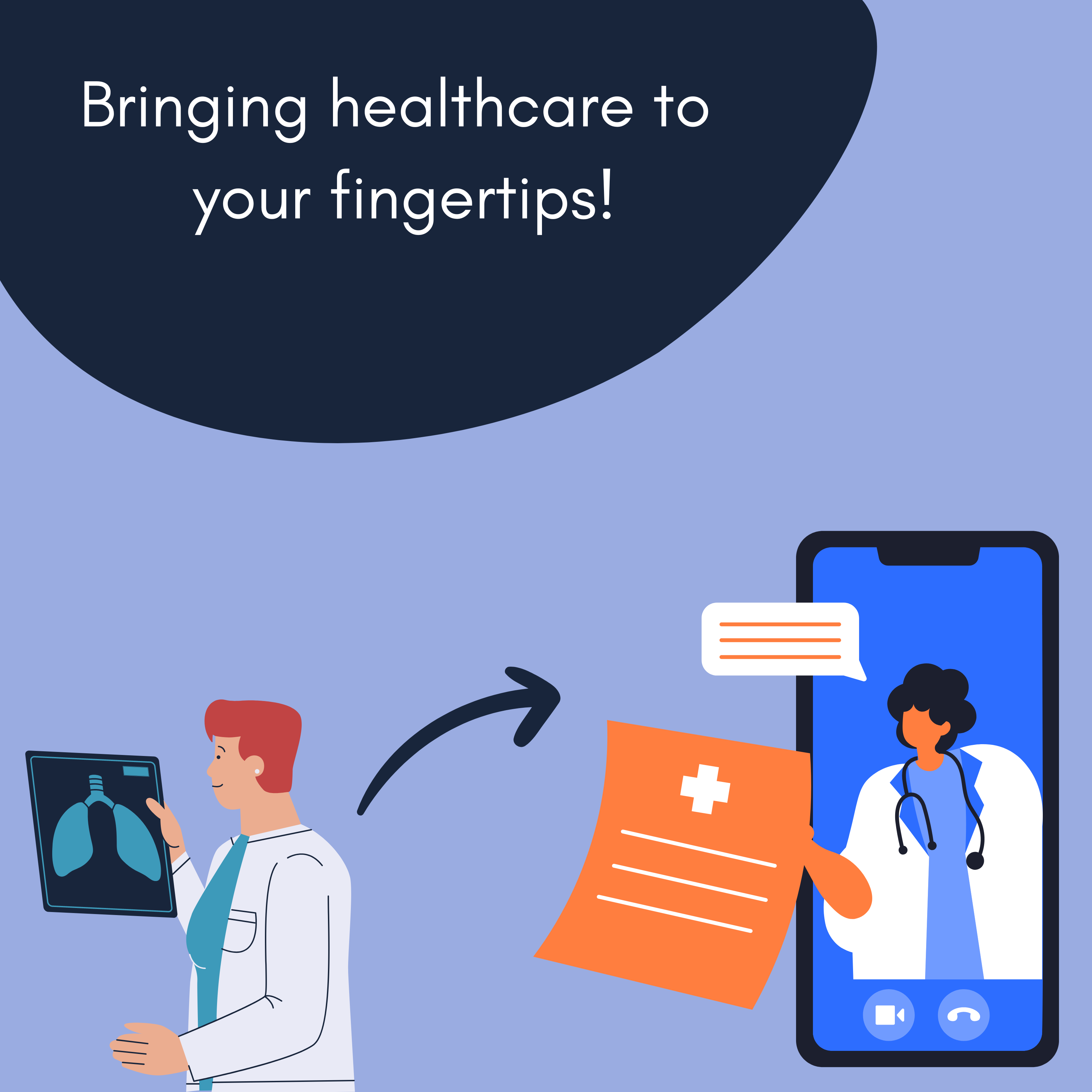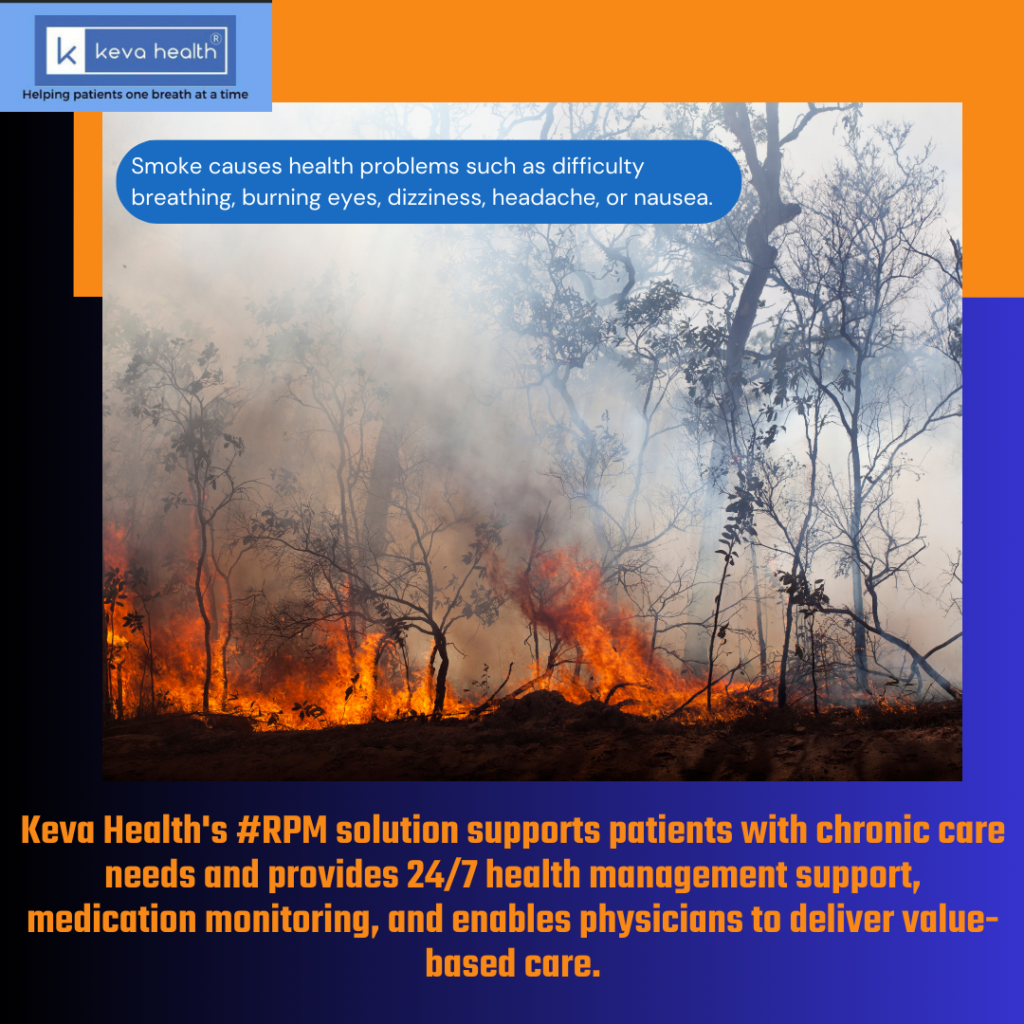
The Future of Remote Health Care
The COVID-19 pandemic has brought about significant changes in healthcare delivery, one of which is the widespread adoption of telemedicine. Telemedicine, or the use of technology to deliver healthcare services remotely, has proven to be a valuable tool in managing respiratory illness. With the increasing demand for remote healthcare services, telemedicine has become an important option for patients with respiratory illnesses.
A Convenient and Safe Alternative to Traditional Healthcare
One of the benefits of telehealth is that it allows patients to access healthcare services from the comfort and safety of their homes. This is particularly important for patients with respiratory illnesses, as they may be more vulnerable to infection and need to minimize their exposure to others.
Telehealth also allows healthcare providers to monitor patients with respiratory illness remotely, using tools such as spirometers and pulse oximeters. This enables providers to detect any changes in a patient’s condition and provide timely interventions.
Another benefit of telehealth is its convenience. Patients can schedule virtual appointments at a time that is convenient for them, reducing the need to take time off work or arrange for transportation to a healthcare facility. Telehealth has also proven to be cost-effective, as it eliminates the cost of office space and staff, and reduces the need for transportation. This can be particularly beneficial for patients with chronic respiratory illnesses who require ongoing care.
However, there are also challenges to be addressed with telehealth. Some patients may not have access to the technology needed for telehealth, such as a smartphone, tablet, or computer with internet access. Additionally, some insurance companies may not cover telehealth services, or may only cover a limited number of visits.
Overall, telehealth has become an important tool in managing respiratory illness, providing patients with increased access to healthcare services, improved monitoring, and cost-effective care. As technology continues to evolve, telehealth is likely to become an even more important part of healthcare delivery, particularly in managing chronic respiratory illnesses. While there are still challenges to be addressed, the benefits of telehealth are clear, and it has the potential to revolutionize the way we deliver healthcare services.
About Keva Health
Keva Health is a healthcare technology company that utilizes the technology of telehealth. Their platform uses mobile applications and cloud-based software to collect patient data, which is then analyzed by healthcare providers to track patients’ progress and identify potential health risks. Keva Health’s goal is to improve healthcare outcomes by empowering patients to manage their conditions at home while also providing healthcare providers with the tools they need to remotely monitor and manage their patients. Please contact us at [email protected] for more info.



Leave a Reply
You must be logged in to post a comment.